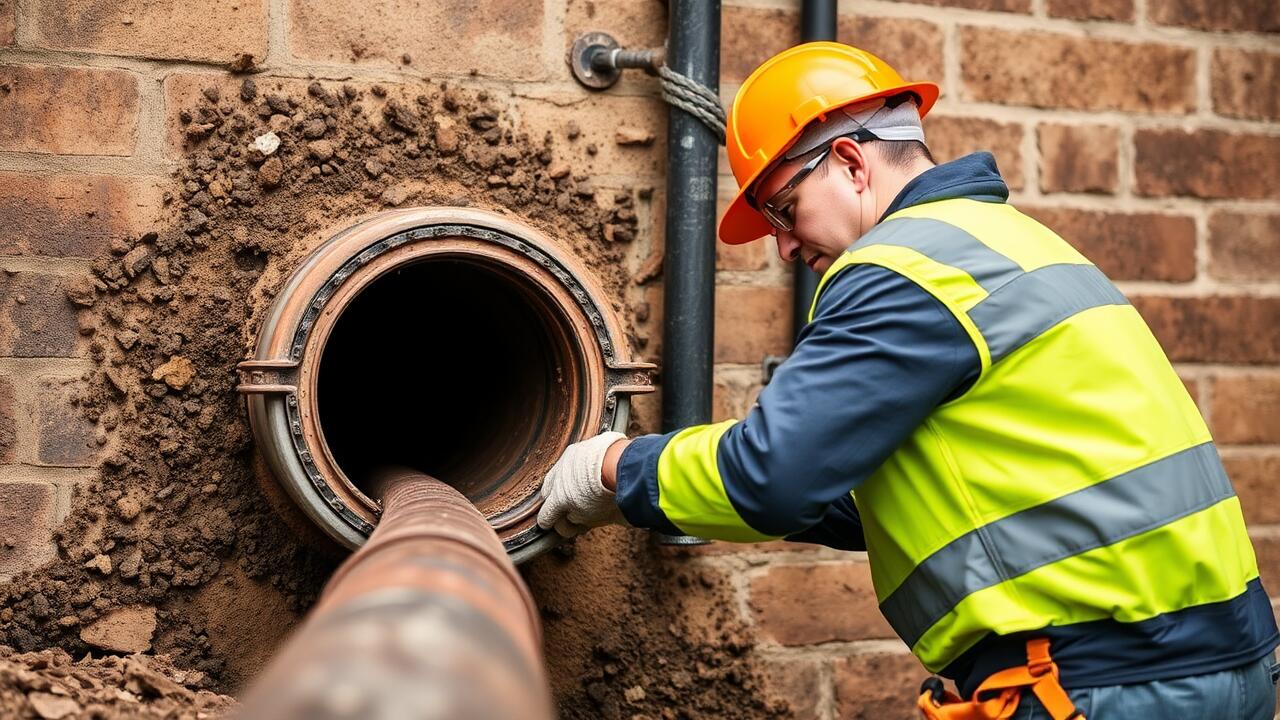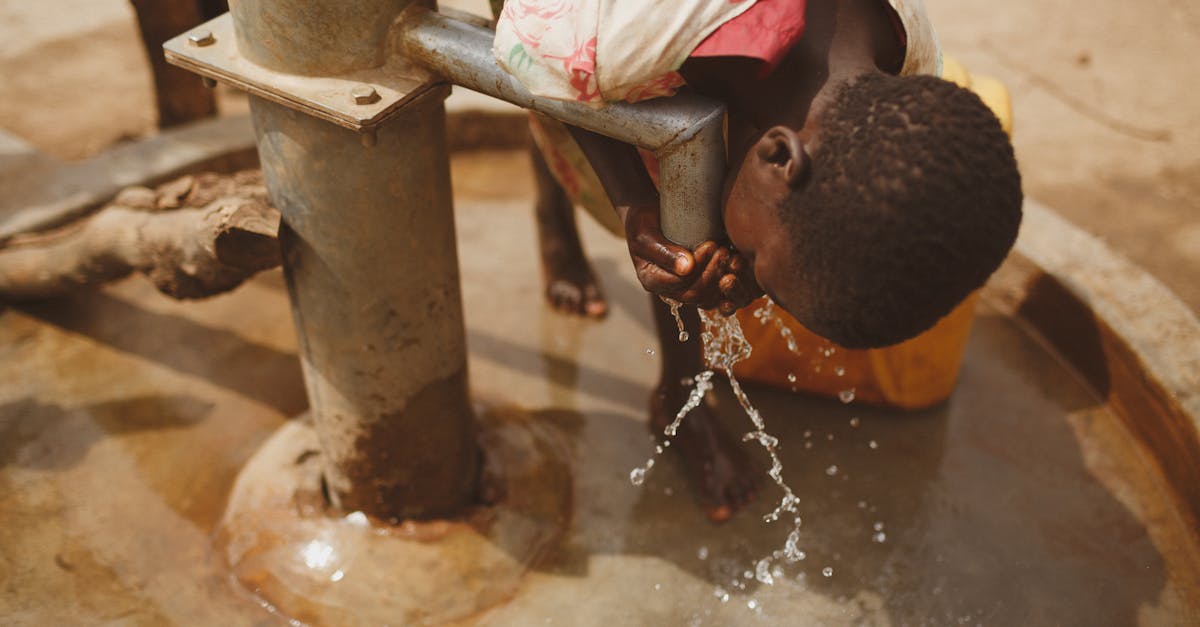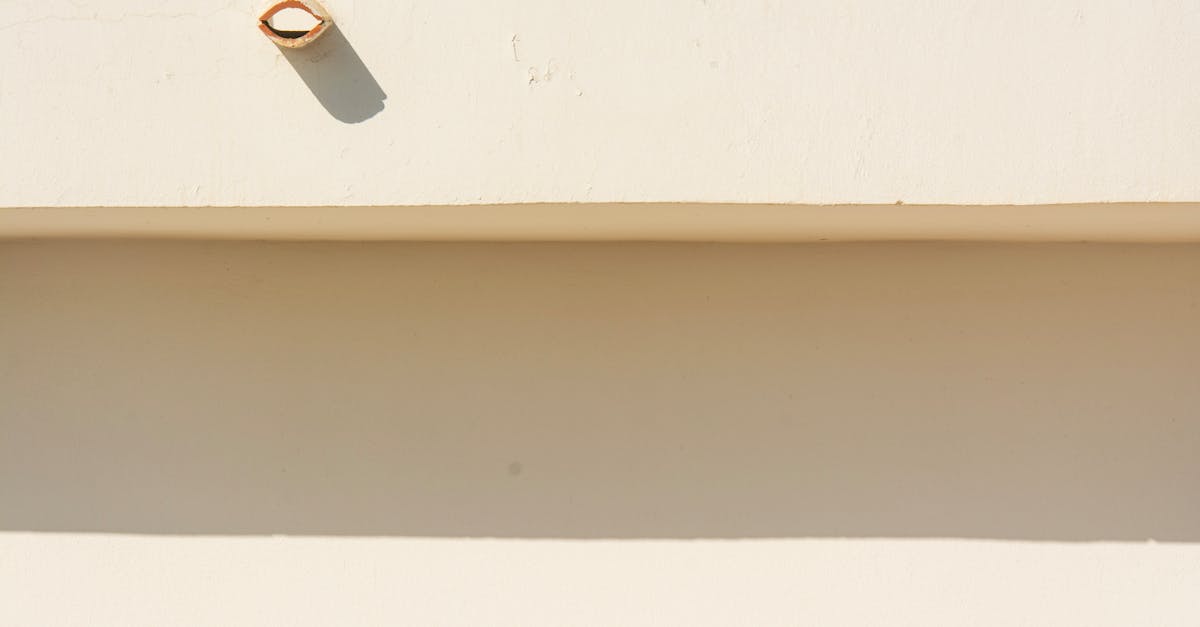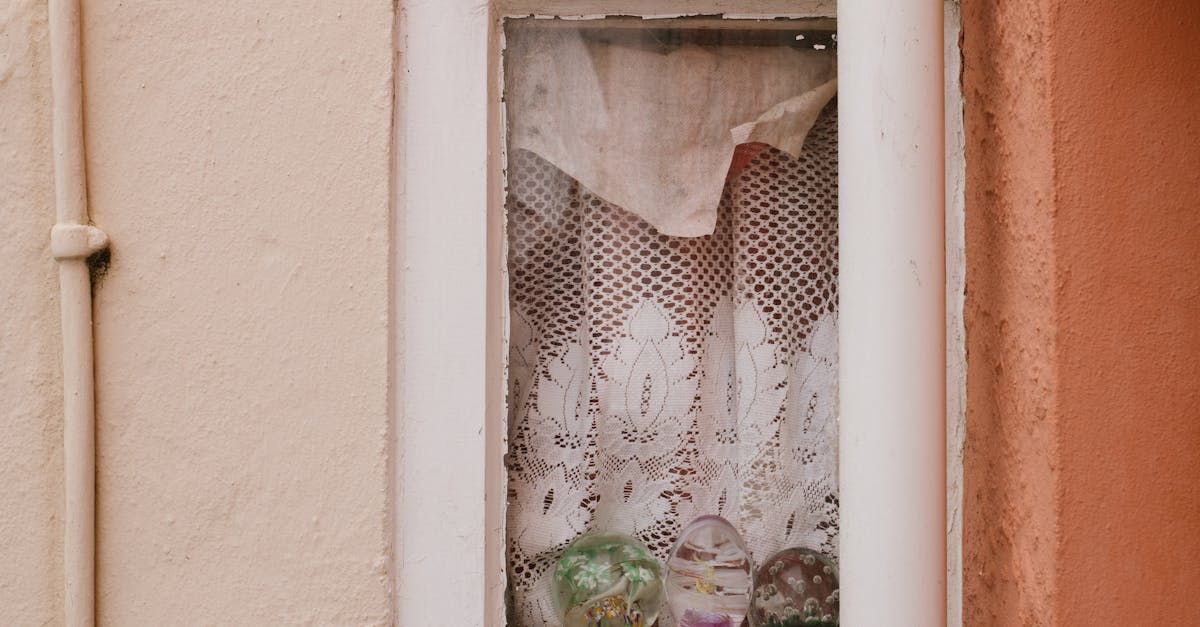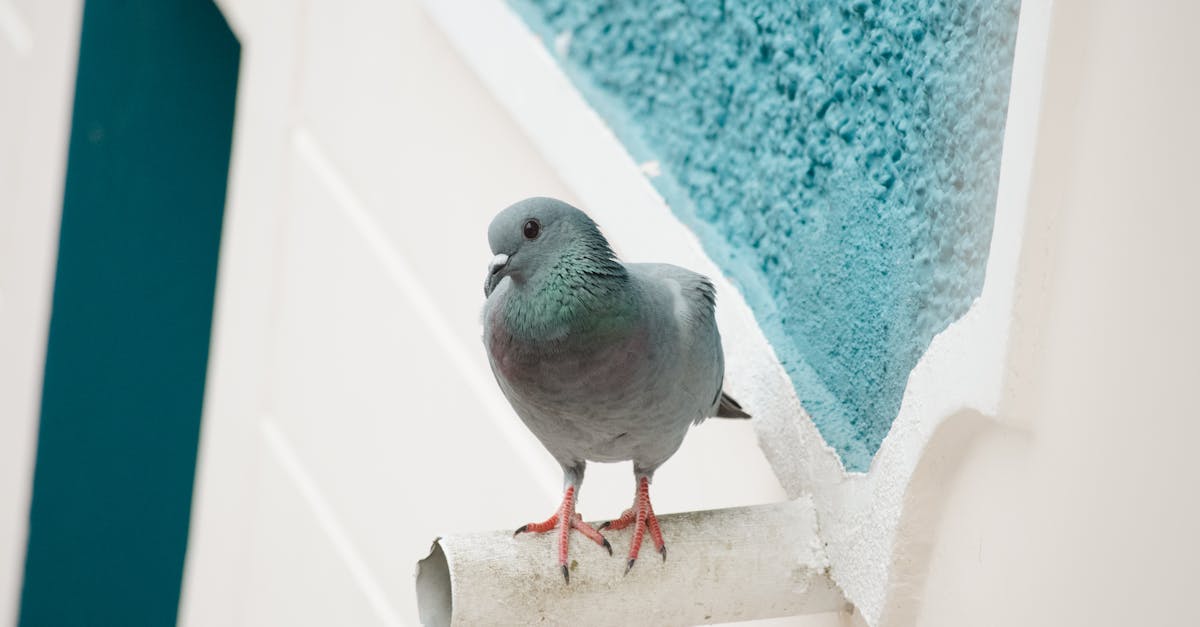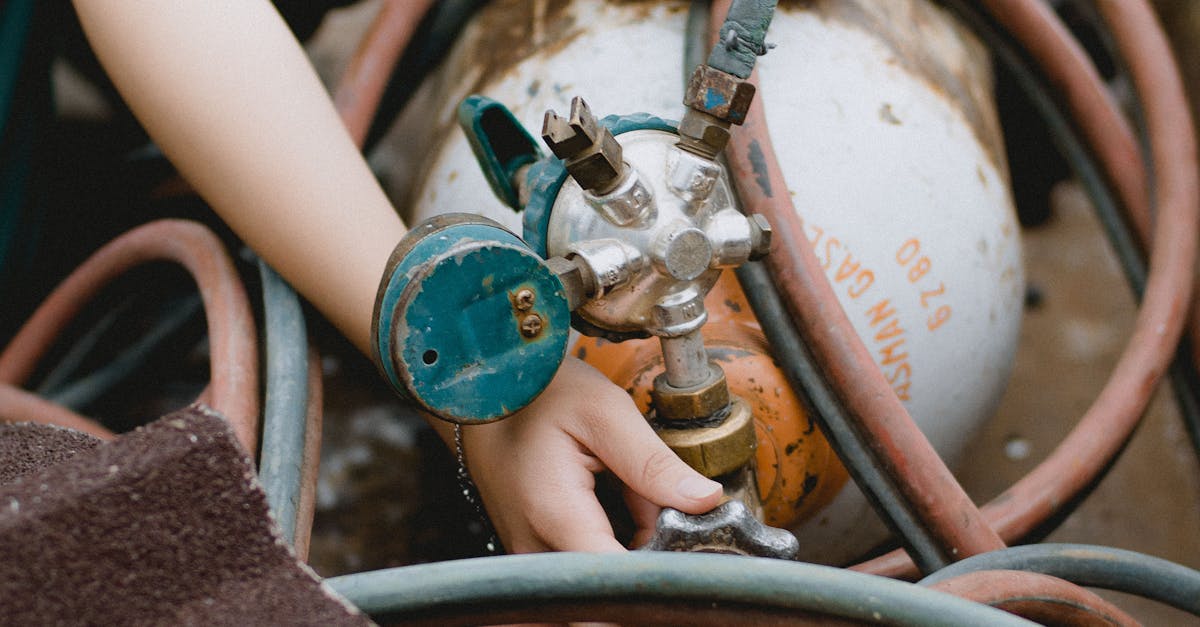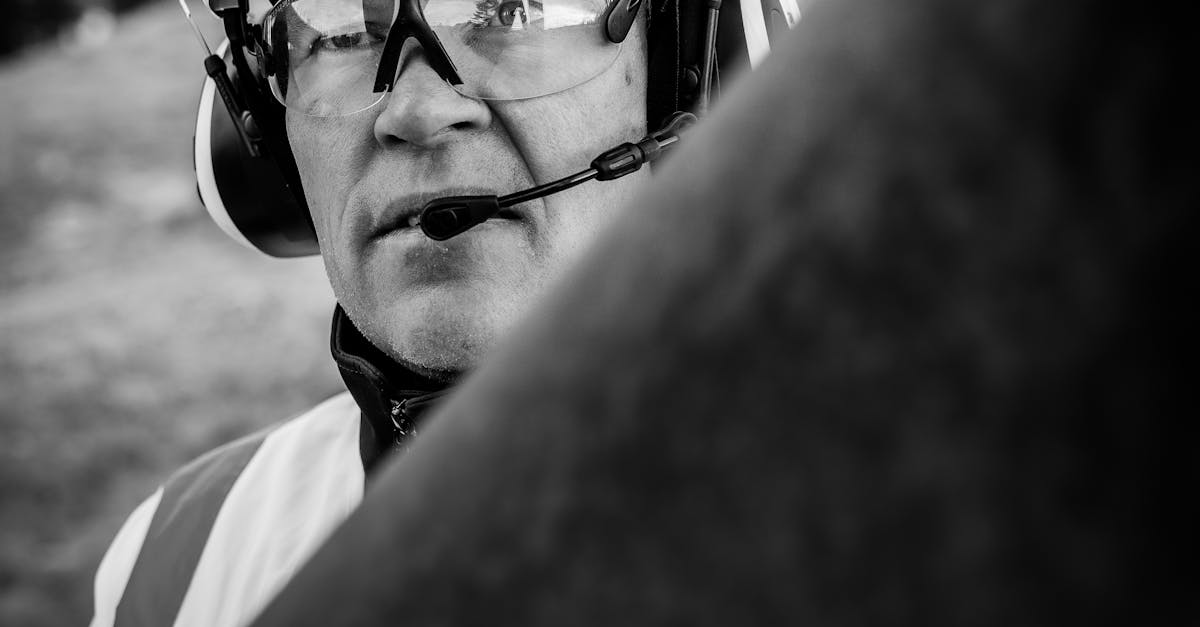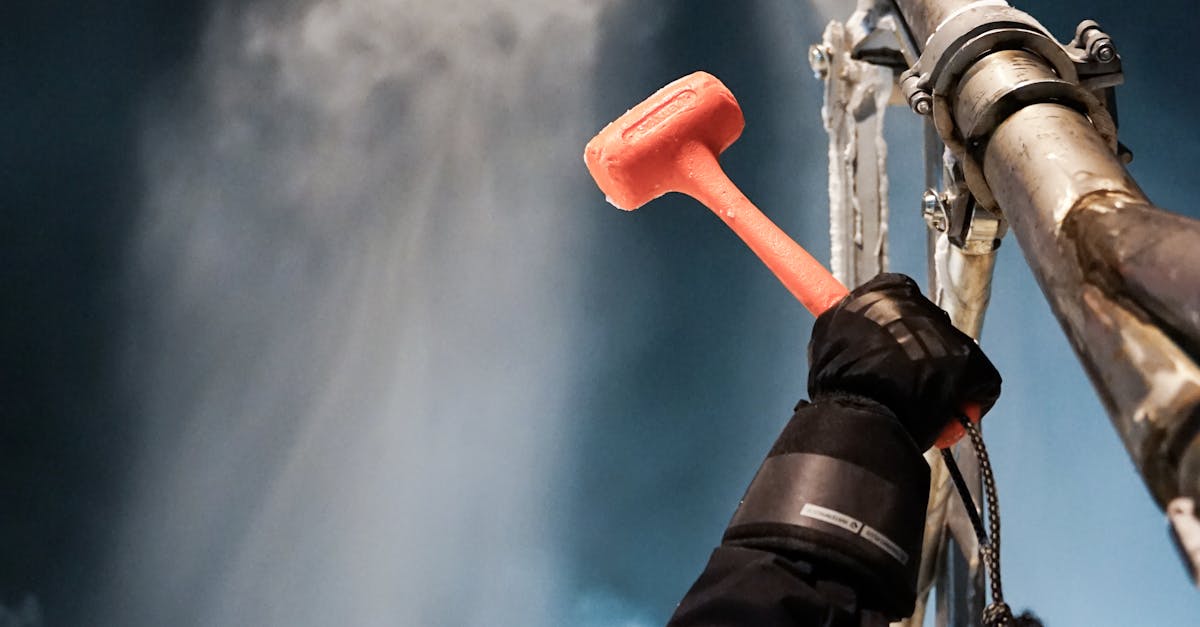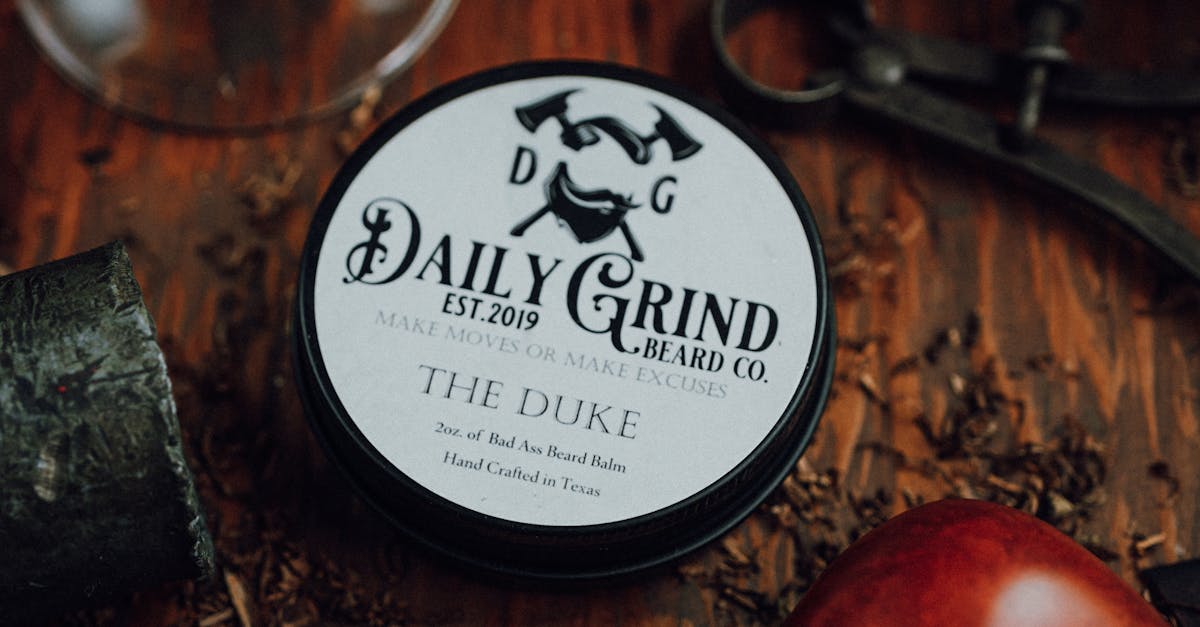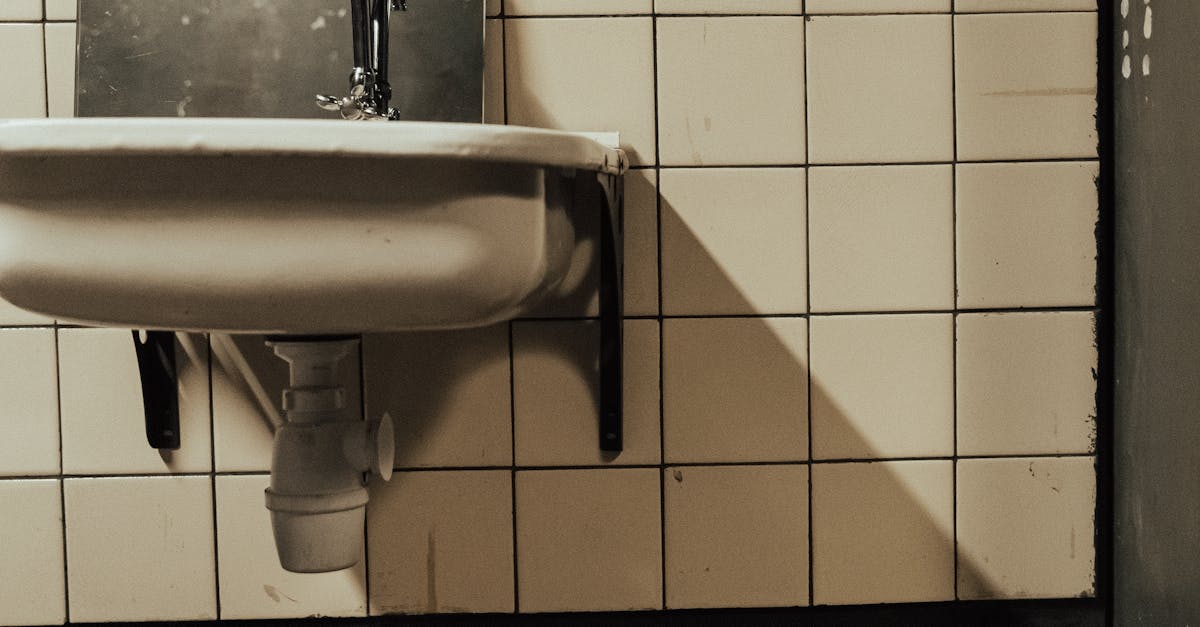
Table Of Contents
Comparing Drain Relining and Replacement
Drain relining offers a less invasive alternative to traditional drain replacement. This method involves creating a new lining within the existing pipe, effectively sealing any cracks or leaks. The process can often be completed within a day, minimising disruptions to your property and surrounding areas. Pipe relining tends to be more cost-effective in terms of both time and money, particularly in situations where the existing plumbing is generally in good condition.
On the other hand, drain replacement may be necessary for severely damaged pipes or when there are significant structural issues. This method involves excavating the old piping and installing a new system, which can be more labour-intensive and time-consuming. While replacement can provide a long-term solution, it comes with a higher price tag and more extensive disruptions. Deciding between pipe relining and replacement requires careful consideration of the specific condition of your drains and your long-term plumbing needs.
When to Choose Each Option
Choosing between drain relining and replacement often depends on the specific condition of your drains. If a drain has minor cracks, leaks, or tree root intrusion, pipe relining can effectively restore its functionality without the need for extensive excavation. This method allows for a quicker, less disruptive solution, making it an attractive option for homeowners seeking efficient repairs.
In contrast, if the drain exhibits severe damage, such as significant structural issues or significant sections that are completely collapsed, replacement may be the more viable route. While it can be a more expensive and time-consuming process, it ensures that the drainage system is entirely renewed. Evaluating the age, condition, and material of the pipes can help in deciding which option is the best fit for your situation.
Maintenance Tips for Longevity
To ensure the longevity of pipe relining, regular maintenance is essential. Homeowners should monitor their drains for any signs of blockages or leaks. Simple practices such as avoiding the disposal of grease, oils, and large food particles can help maintain the integrity of the relined pipes. Periodic checks by a professional plumber can also identify potential issues before they become significant problems, preserving the effectiveness of the relining.
Additionally, keeping an eye on water flow is crucial. If you notice slow drainage or gurgling sounds, it may indicate that the relined pipes are not functioning optimally. Using enzyme-based cleaners instead of harsh chemicals can prevent damage to the lining. Investing in routine inspections can also save costs in the long run. These proactive measures will extend the life of your pipe relining and ensure a smoother, more efficient plumbing system.
How to Care for Your Relined Drains
Proper care for relined drains is essential to ensure their longevity. Routine inspections can help identify any potential issues before they escalate. Cleaning the drains regularly reduces the risk of blockages and maintains optimal flow. Avoid using harsh chemicals, as these can damage the relined surface. Instead, opt for eco-friendly cleaners that are gentle on the environment and safe for your pipes.
Monitoring your water usage can also contribute to the lifespan of pipe relining. Excessive water pressure or high volumes of water can strain the relined system. Implementing water-saving methods within your home can be beneficial. Regular maintenance by a professional can catch minor issues early and prolong the effectiveness of your relining. Ensuring your outdoor drains are free from debris will help maintain a clear path for water flow, preventing stress on the relined pipes.
Cost Considerations for Drain Relining
When considering the cost implications of pipe relining, homeowners should account for both the immediate expenses and potential long-term savings. Generally, pipe relining is more affordable than complete drain replacement due to the reduced labour and excavation required. This method not only minimises disruption to your property but also shortens the overall project timeline. Initial investments can vary based on the extent of damage and accessibility of the drains, but many find that operational savings from reduced maintenance and increased efficiency offset these upfront costs.
It's also essential to factor in future maintenance when budgeting for pipe relining. While relined drains can last for several decades, regular inspections and upkeep can help preserve their integrity. Establishing a maintenance schedule with professional services can contribute to the longevity of the relined pipes. This proactive approach can identify minor issues before they escalate into costly repairs, making pipe relining not just a short-term fix but a worthwhile long-term investment for your drainage system.
Budgeting for Drain Maintenance
When budgeting for drain maintenance, it is essential to consider both immediate and long-term costs. Regular inspections and preventative measures can help identify issues before they escalate into significant problems. By investing in pipe relining, homeowners can reduce the likelihood of emergency repairs, which often come with higher expense and disruption.
Additionally, while the upfront cost of pipe relining may be higher compared to traditional repair methods, it offers long-term savings through improved durability and reduced need for future maintenance. Allocating funds for periodic assessments will ensure drains remain in good condition and prolong the benefits of the relining process. Being proactive in maintenance can lead to fewer unexpected costs and better overall drainage health.
FAQS
How long can I expect my drain relining to last?
Generally, drain relining can last between 10 to 50 years, depending on the materials used, the conditions of the existing pipes, and how well the drains are maintained.
What factors can affect the lifespan of relined drains?
Factors such as the quality of the materials, the environment in which the pipes are located, soil conditions, and the level of maintenance can all influence how long your relined drains will last.
Is drain relining a permanent solution?
While drain relining is a durable solution, it is not completely permanent. Over time, wear and tear can occur, and factors such as tree roots or ground movement may necessitate repairs or even replacement.
How can I extend the life of my relined drains?
Regular maintenance, such as clearing debris, avoiding harsh chemicals, and conducting periodic inspections, can help extend the lifespan of your relined drains.
How does drain relining compare to complete pipe replacement in terms of longevity?
Drain relining often provides a longer-lasting solution than traditional pipe replacement, as it can seal leaks and prevent further damage without the need for extensive excavation. However, the specific longevity will depend on various factors unique to your drainage system.
